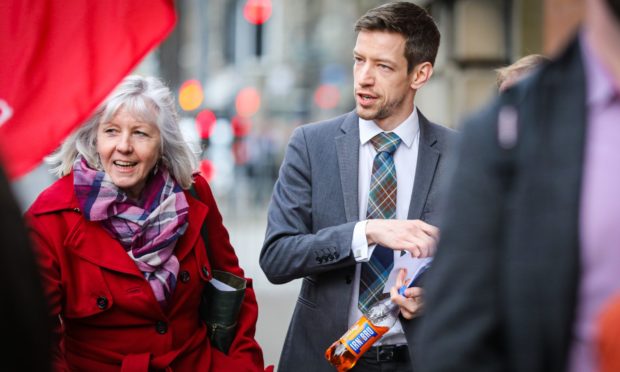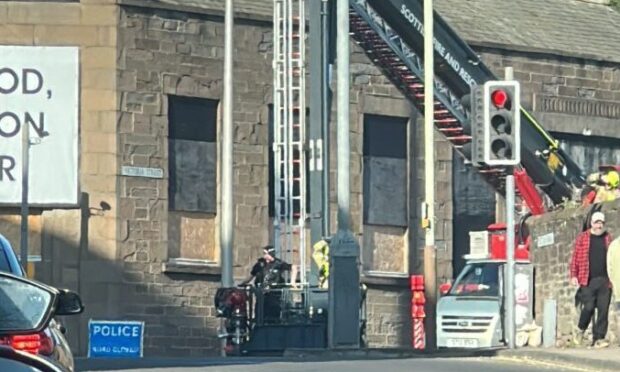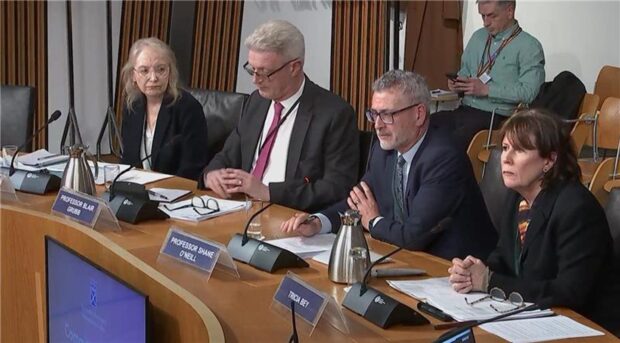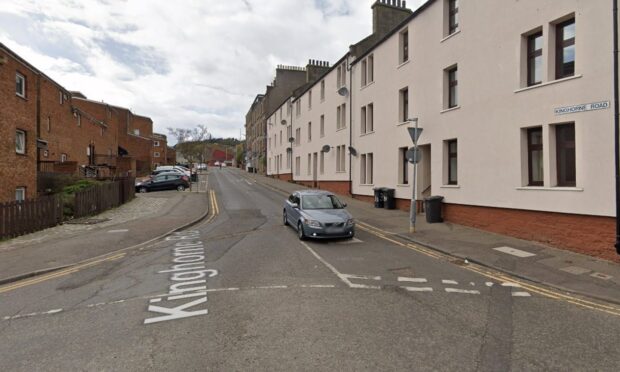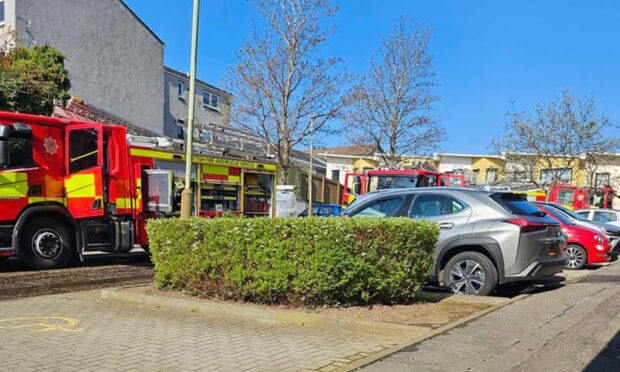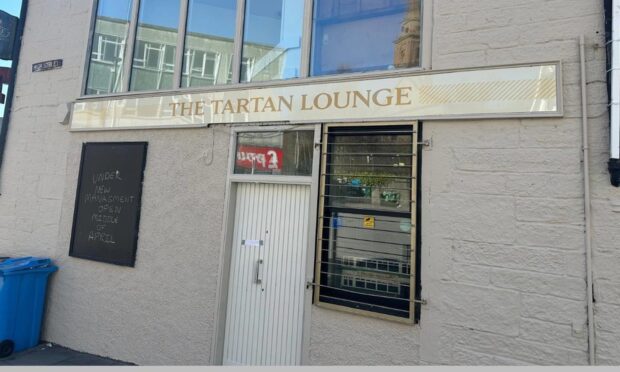Dundee council bosses are raising the profile of their little-known database of potentially violent residents.
The move comes after councillor Anne Rendall, SNP, revealed she had not been aware of the Potentially Violent Persons Database (PVPD) – a list of people deemed dangerous for a variety of reasons – and had inadvertently put herself at risk during a home visit.
She told colleagues on the council’s scrutiny committee she “didn’t know that it existed.”
“I had done a couple of visits to constituents about certain things,” she said. “It turns out one of them was on this database.
“We’re not doing any visits just now, so it’s not relevant at the moment, but for a new intake of councillors next year I think it should be part of any training that they have knowledge of that database.”
‘No point’ putting people at risk
The resource contains the details of hundreds of city residents whom the council deem to be potentially dangerous.
It has been criticised as it is not always clear why a person has been added to the list or how long they will remain on it.
Inclusion on the list is likely to affect how staff and councillors will engage with a constituent or service user.
Committee convener Kevin Keenan, Labour, responded to councillor Rendall’s comments, suggesting the council’s chief executive raise the profile of the Dundee database by circulating an email.
He said: “I was aware of the database and can get access to it through using our secretarial support to make the enquiry.
“It’s something you have obviously brought up as a concern.
“There is no point putting individuals, whether that be a councillor or anyone else, at risk by going along to the door where someone could be potentially violent.”
Chief executive Greg Colgan said he was happy to send the requested email.
Database has controversial history
Councillor Rendall’s comments came after auditors confirmed access to the database had been extended to staff working in the council’s children and families out-of-hours service.
Auditors first made the recommendation to extend access in a 2019 report. The service undertakes around 2,000 visits a year.
It is common for local authorities across the UK to collect and store databases of potentially dangerous people.
Many of the individuals on the list have been added due to a history of physical or verbal abuse or concerns over previous criminal convictions and drug use.
There is growing concern around the number of assaults on local authority staff.
A series of freedom of information requests submitted in 2018 revealed more than 2,700 people from Tayside and Fife have been judged a danger to staff or councillors.
A later analysis of the data showed the 535 Dundee entries featured a disproportionately high number of people from the city’s more deprived areas.
